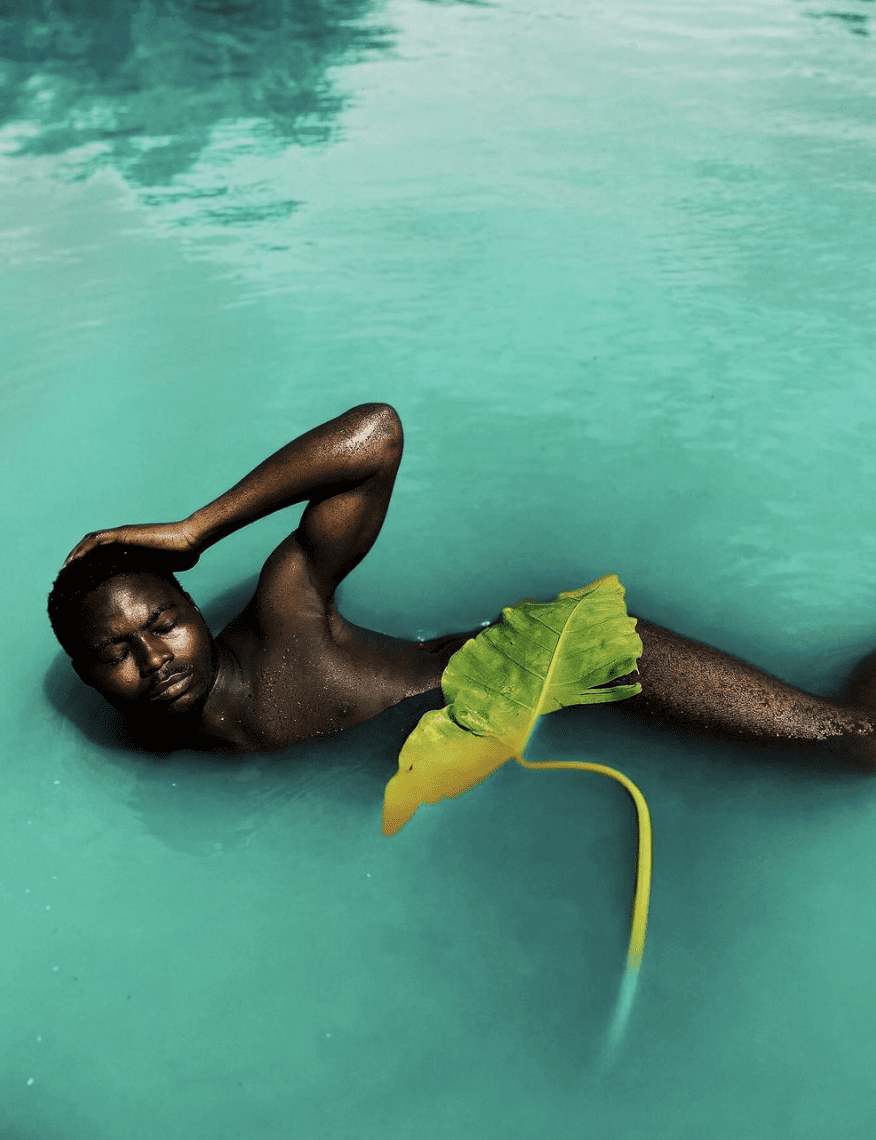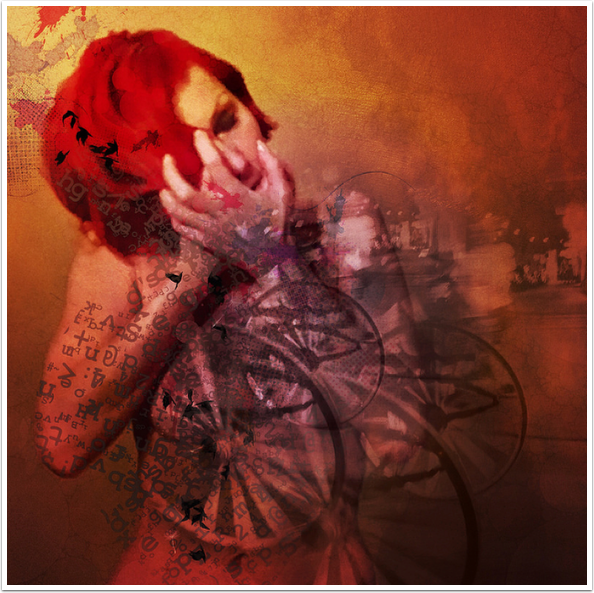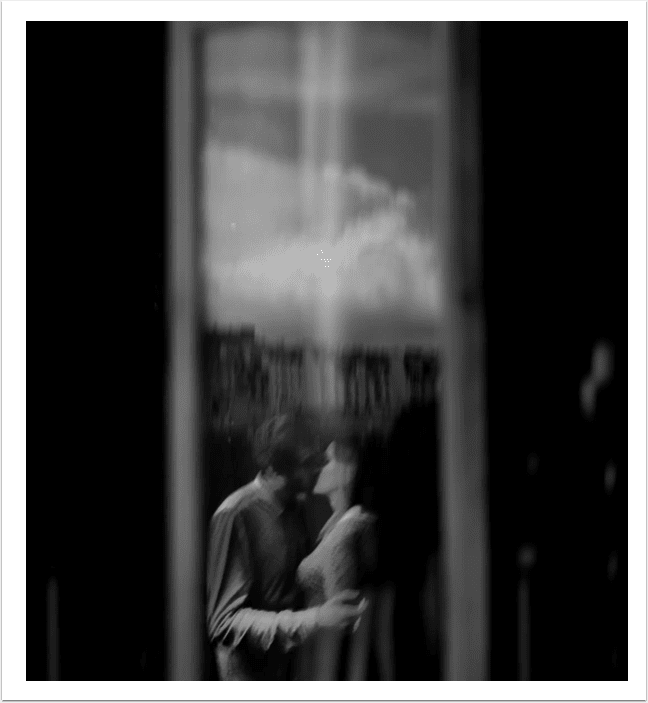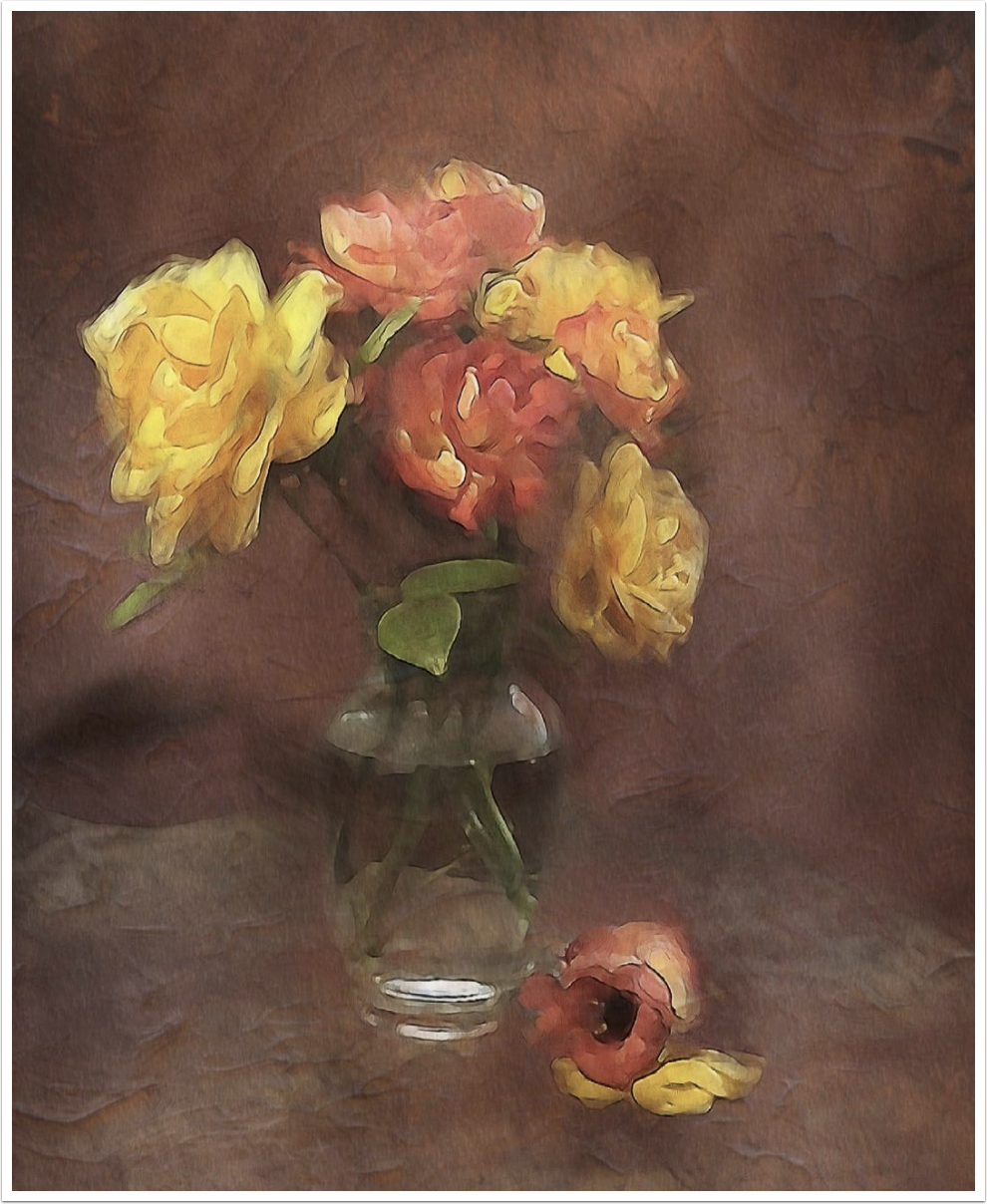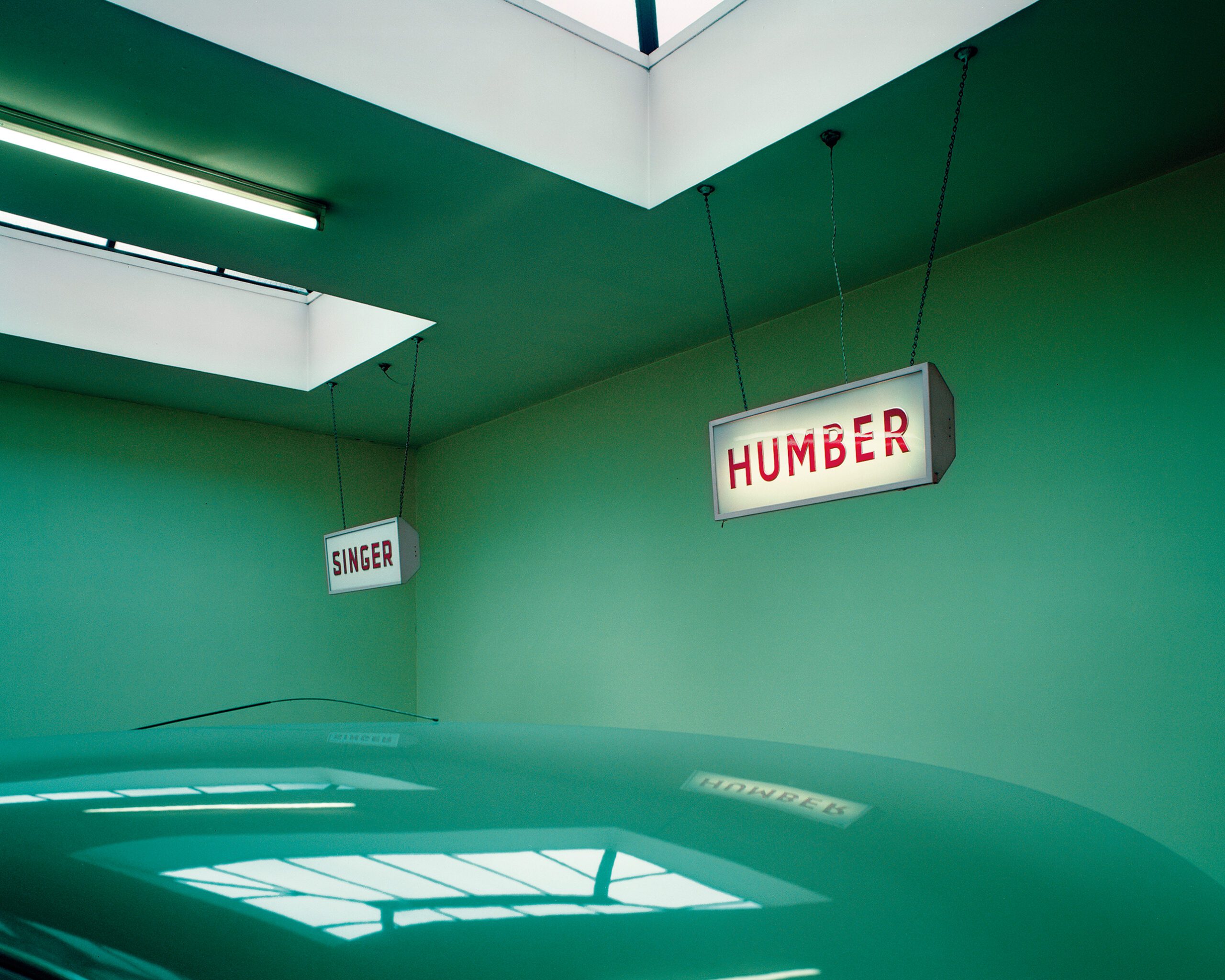
Book Review – A1 – The Great North Road by Paul Graham
Photographer Paul Graham is an entirely self-taught contemporary British artist who works in Fine Art Photography. He has been the recipient of numerous awards, including the Deutsche Börse Photography Prize, the Hasselblad Award and received a Guggenheim Fellowship. His work has been the subject of more than eighty solo exhibitions worldwide.

Nottinghamshire, February, 1981,’ in ‘A1: The Great North
Road’ (MACK, 2020). Courtesy the artist and MACK.
Graham’s first serious project commenced in 1981 through to the end of 1982, when he was aged 25. It consisted of photographing all the people and places he came across while traveling repeatedly to and fro along the A1 in a borrowed Morris Mini Traveller car. It was the wooden back estate version, which just about allowed him enough room to sleep in when necessary, which was quite often. The A1 is the longest road in the United Kingdom, it stretches to 410 mile’s (660 km’s) and connects London, the capital of England, with Edinburgh, the capital of Scotland.
As a child Graham’s family took their annual two weeks’ holiday to visit relatives in the Lake District. This journey from his home in Harlow was a distance of 350 miles along the A1 and it was these trips that provided the inspiration for this series. “To an impressionable five year old, travelling up the Great North Road seemed a close contender to visiting the moon, the anticipation kept us wide awake, and we’d question our parents as to where we were roughly every five minutes”, he expressed.
The A1 was supplanted in the late 1950’s by the modern M1 motorway. This became the most popular route for traffic and thus led to the decline of businesses along the A1. Hotels, cafes and garages entered a state of recession. In the 1980’s some traffic had reappeared due to the road improvements, including new bypasses and the A1(M) reconstructions. It was also during this period within the political landscape of the UK that an economic war erupted between the conservative and right wing leader, Margaret Thatcher with the workers’ unions. Forcing through the privatization of public housing and state industries such as coal and steel. It is fitting that at the time Graham photographed this series, the A1 ran from The Bank of England, London, the financial nerve centre of the UK, ‘the City’ to the main post office of Scotland’s industrial centre.

March 1981’ in ‘A1: The Great North Road’ (MACK,
2020). Courtesy the artist and MACK
In 1983 Graham self-published a book of this project entitled, ‘A1: The Great North Road’. It was unusual at this time for publishers to publish monographic books. Martin Parr and Chris Killip were exceptions. In 2011, The Museum of Modern Art, New York, acquired the original set of prints that Graham used to print his book in 1983. Securing its place as a defining book of the twentieth century. After forty years, this seminal and long out of print book has been republished by MACK.
Viewing the images within this book feels like a memory reloaded. The combination of landscapes, interiors, still-lives and portraits simultaneously presents a fascinating view of Britain in a period of immense social change.
At the time colour photography was restricted to commercial and snap shot photography. To be taken seriously black and white photography was a more pliable trade. But there were several photographers who successfully began to work in colour during the early 1980’s in the UK, one was Paul Graham and another was Martin Parr, the latter inspired by American greats Joel Meyerowitz, William Eggleston, Stephen Shore but also the British photographers Peter Fraser and Peter Mitchell. Following closely behind and switching to colour were Richard Billingham, Simon Norfolk and Nick Waplington. In 1983, at the time Graham self-published this book, Parr was photographing working-class people at the seaside near Brighton, England. Graham explains within an updated afterword in this newly published book “I was working in colour, which was radical for the UK at that time, dominated as it was by black and white photography and the entrenched hierarchy around that”.
It is not just the colour that dominates this book, it is the journey itself. It was not the first time a photographer published a book of a significant journey. Robert Frank and Dorothea Lange were among many peripatetic photographers whose journeys produced an abundance of photographs. The difference was that Graham specifically concentrated on a particular road and therefore limited his breadth. Each photograph tells a story of its own but together they represent an historical document of the years of Margaret Thatcher’s government and the UK’s declining industrial base. Rupert Martin who wrote the original foreword notes “…he has created a composed world in which time is suspended and the life of the road preserved. The sense of the road as a part of history is allied to an image of change and decay”.

Blyth, Nottinghamshire, February 1981,’ in ‘A1: The Great
North Road’ (MACK, 2020). Courtesy the artist and MACK.
The image placement in the book presents a flow from the South to the North of England. The first image was taken next to the Bank of England on a crowded pavement of a lady marching through the mob in a blue woollen coat and silk scarf, the political colours of Margaret Thatcher’s Conservative party. Two financial executives can be seen to the left of the woman conversing and viewing a note, the wind has blown one of their blue ties over their arm almost directly pointing to the woman in matching colours. It was un-posed and un-staged but sets the scene for what is to come within this book.

Lincolnshire, November 1982,’ in ‘A1: The Great
North Road’ (MACK, 2020). Courtesy the artist and MACK.
Much of the preparation for these images was left to chance, there was little in the way of research that could be undertaken at that time. For the photographs taken within café’s along the route, Graham’s modus operandi consisted of approaching people whilst he too was dining and asking them if he could take their photographs. He found most to be very willing, that was until he returned from his car to their tables with his old wooden large format camera, recovering from their shock they were usually happy to resume. He also photographed staff working in the café’s and always found them to be friendly and generous with their time. He photographed lorry drivers of the Midlands sometimes beside their trucks or in wet and muddy carparks, all were patient and accepting, even while ‘on the clock’.

Bedfordshire, May 1982,’ in ‘A1: The Great North Road’
(MACK, 2020). Courtesy the artist and MACK.
We see utopian images, with Hopper esque glowing petrol stations and café’s. Plate 12 is a photograph of the Little Chef restaurant in rain, St Neots, Cambridgeshire, taken in May 1982. The illuminated white lettering and red background of the café sign looms to the left of the image and is reflected in the puddle of rain beneath. From there our eye is led to the right to the BP petrol station gleaming with the colours of green and yellow and finally down to the writing on the road in white paint wishing you well as it spells out ’SAFE JOURNEY’. So much of this book is made up of primary colours alongside the muted tonality of the British weather. Further North, Plate 35 displays a photograph of a couple on a day trip at Washington Services, Tyne and Wear, May 1982. With matching bleached hair and proudly displaying love bites on their necks, posing contently for Graham.

Cambridgeshire, May, 1982,’ in ‘A1: The Great North
Road’ (MACK, 2020). Courtesy the artist and MACK.
Wistfully looking back Graham, now living and working in New York City says in the updated afterword “these photographs seem clearly stained with a sentiment for the country, or at least the country of my mind”. Times have changed in the past forty years and the vision Graham once had and shared is different today. Fortunately, this social documentary record with Graham’s fresh approach to colour, helps to keep our memories preserved in real time.

Tyne and Wear, May 1982,’ in ‘A1: The Great North
Road’ (MACK, 2020). Courtesy the artist and MACK.
To coincide with the republication and launch of A1 – The Great North Road by MACK, Huxley-Parlour Gallery in collaboration with Anthony Reynolds gallery are currently exhibiting Paul Graham’s vintage photographs from this series. The exhibition runs from 28 October – 18 December and is temporarily closed (due to lockdown) between 5 November – 2 December. To book a timed slot for reopening, please follow this link.
Please help us…
TheAppWhisperer has always had a dual mission: to promote the most talented mobile artists of the day and to support ambitious, inquisitive viewers the world over. As the years passTheAppWhisperer has gained readers and viewers and found new venues for that exchange. All this work thrives with the support of our community.
Please consider making a donation to TheAppWhisperer as this New Year commences because your support helps protect our independence and it means we can keep delivering the promotion of mobile artists that’s open for everyone around the world. Every contribution, however big or small, is so valuable for our future.
